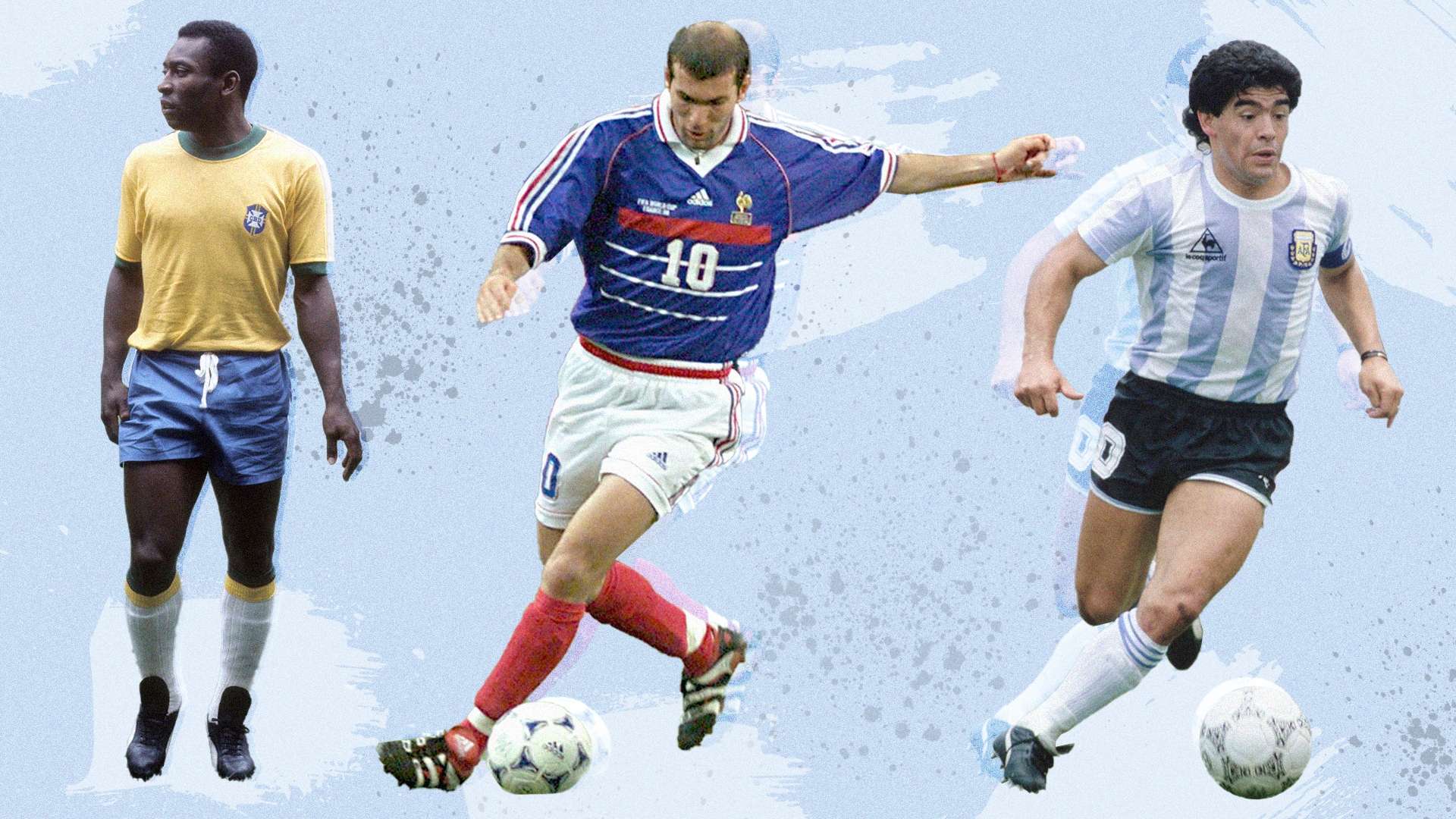The 2022 World Cup is almost upon us and debate over each country’s kits has been roaring for weeks now. Whether it’s discussion over the difference in quality between England’s home and away shirts, the controversy surrounding the USA’s designs or the standard set by Nigeria, who didn’t even qualify, everyone has an opinion on the 2022 kits.
But how do they compare with kits from the World Cups of the past? We’ve pulled together the 10 all time best from the last 92 years of football’s biggest tournament.










